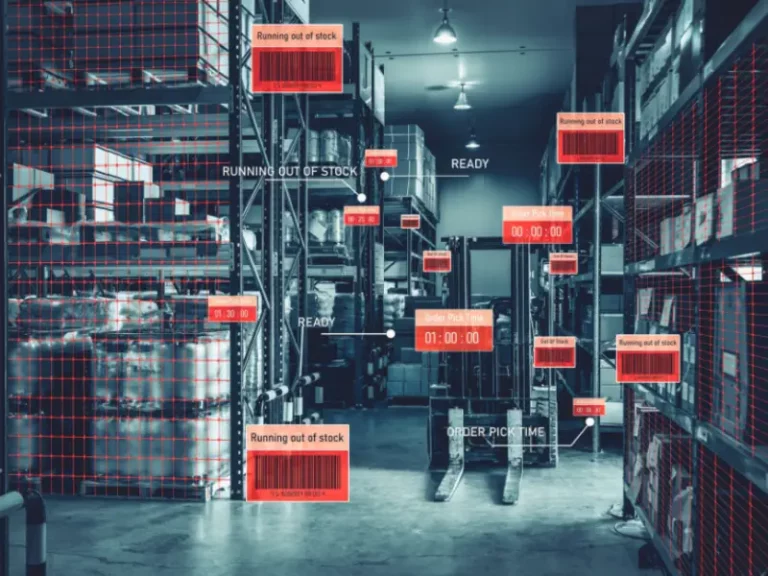In the race to innovate, many companies overlook the most critical weakness: their software dependencies. Companies rely on countless third-party software components, libraries, updates, and development tools. While this interconnectedness boosts innovation and efficiency, it has also opened a dangerous new attack surface: the software supply chain. Unlike direct cyberattacks, these threats are subtle, often hidden within trusted software, making them harder to detect and far more devastating.
Why Software Supply Chain Attacks Are Growing
Software supply chain attacks have risen due to the increasing complexity and interconnectedness of modern software ecosystems, making them an attractive target for malicious actors. Understanding why these attacks are exploding in number and severity is crucial for building stronger defenses. Here is what’s fueling the trend:
- Increased Software Dependencies: Modern applications are complex, often integrating hundreds of open-source components or third-party tools, many of which may harbor hidden vulnerabilities.
- Sophistication of Threat Actors: Attackers are getting smarter, targeting upstream suppliers to infiltrate multiple organizations at once, magnifying the impact exponentially.
- Difficulty in Verification: Companies struggle to verify every code and update they use, making it easy for malicious elements to slip through trusted channels.
- Regulatory Gaps: Laws and regulations often lag the rapidly evolving landscape of supply chain threats, leaving companies to fend for themselves without clear guidelines.
Common Techniques Used in Software Supply Chain Attacks
Supply chain attacks do not happen randomly; they typically follow well-crafted strategies. Recognizing these patterns can empower organizations to respond more proactively.
- Compromising Software Updates: Attackers insert malicious code into legitimate software updates, ensuring widespread distribution to unsuspecting users.
- Hijacking Developer Tools: By targeting the tools developers rely on, hackers can inject vulnerabilities at the source, compromising the product without immediate detection.
- Poisoning Open-Source Repositories: Malicious actors contribute seemingly harmless packages to public repositories, waiting for companies to unknowingly integrate them into their products.
- Exploiting Trusted Vendors: Attackers infiltrate trusted vendors or service providers, to indirectly access a target organization’s systems.
How to Defend Against Software Supply Chain Attacks
Protecting your business from these invisible threats requires more than just firewalls and antivirus solutions. It demands a proactive, strategic approach embedded into every stage of your development and procurement process.
- Rigorous Vendor Assessments: Regularly vet and audit the security posture of your vendors and third-party providers to ensure they meet your cybersecurity standards.
- Secure Development Practices: Adopt DevSecOps methodologies, integrating security checks throughout the development lifecycle rather than treating them as an afterthought.
- Continuous Monitoring and Threat Intelligence: Monitor your software supply chain for anomalies and subscribe to threat intelligence feeds to highlight emerging risks.
- Software Bill of Materials (SBOM): Maintain a clear inventory of all components, dependencies, and libraries used in your applications to identify and patch vulnerabilities faster.
- Incident Response Readiness: Robust incident response plan tailored specifically for supply chain compromises, including quick isolation and containment procedures.
Building Trust in a Distrustful World
In an era where trust is the new battleground, organizations cannot afford to be naive about their software supply chains. A breach in one component can ripple through entire ecosystems, damaging brands, customer trust, and regulatory compliance.
At Terrabyte, we are committed to helping businesses strengthen their cybersecurity resilience, ensuring that trust in your digital ecosystem is never compromised.




